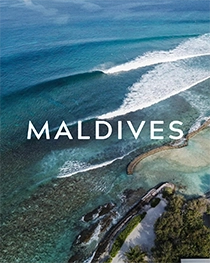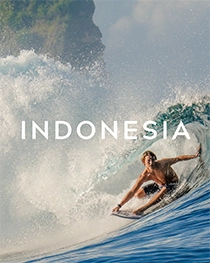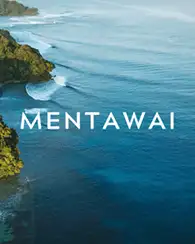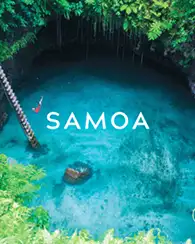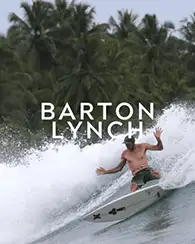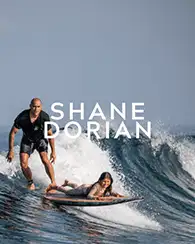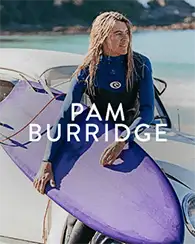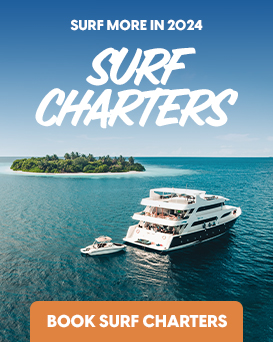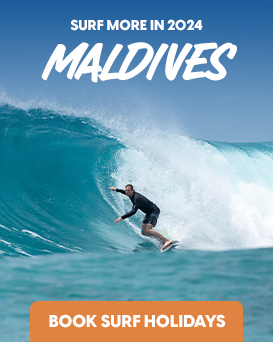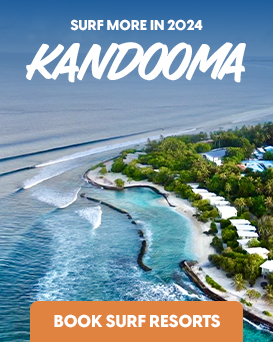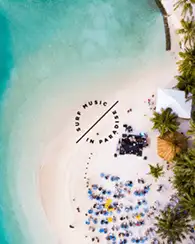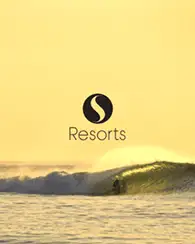Experience surfing in Sri Lanka
Sri Lanka is an exciting and uncrowded surfing destination and on our most recent trip there, we were pleasantly surprised by numerous things. Good waves, friendly people, more than affordable prices and whole-year-round surfing potential were just a few of them.

The Democratic Socialist Republic of Sri Lanka, home to some 20 million people, is a small island country roughly of the size of Tasmania. Nestled in the Indian Ocean south of India, its climate is tropical and while north and the mountainous centre are pretty wet, the south gets a good share of sun and dry weather, mainly between November and March. The south is also the place to go surfing, with plenty of good spots around Hikkaduwa, Galle, Arugam Bay and Weligama. Little known fact: Arugam Bay in the south-east coast of Sri Lanka is on the list of top-10 spots to surf in the world!
There are 2 main surfing areas on Sri Lanka’s coast and 2 main seasons: Between November and April, we definitely recommend you to go to the south-west coastline around Hikkaduwa, about 100 kms south from the capital Colombo. The area around this old town offers a good range of 3-6ft waves, both left- and right-handed. Moreover, in your spare time, you can indulge yourself in Ayurvedic spa treatments, snorkelling, diving and excursions to an old historical town of Galle to see the Dutch Fort, take a train tour to Matara or go fishing to Ahangama.
The swell in this area is pretty consistent during the season and offers options for all levels of surfers. The waves are fun & mellow, although sometimes a bit fickle. The main break called Main Reef offers A-shaped waves and you can ride them both ways. For relaxed surfing, Beach Break offers decent left- and right-handers for beginners, while Benny’s and Inside Reef are more intense and challenging left-handers. Drifters Beach hotel is right at the beach, offering clean air-conditioned accommodation, beach restaurant and tours in the area, including surf transfers. The hotel is close to all shops and nightclubs, but still far enough to give you a good night’s sleep. The owner Latih has been in tourism industry for over 10 years and also owns a travel company, so besides the accommodation, you can also get a good local information and transfers if required. Eco Point Lodge is a great eco-friendly surf project that offers lovely accommodation in mango wood cabanas, surfing and cooking classes and excursions. By staying there, you will support the local tsunami regeneration projects, where at least 10% of the profits each month go.
The best place in Sri Lanka for surfing between May to November is around Arugam Bay – about 300 kms from the capital Colombo. The morning off-shore winds bring good swells and right-hand point breaks dominate the bay. Three of the point breaks, The Point, Pottuvil Point and Crocodile Rock, are all within a short 30-min tuk tuk ride from town. You have a bit more choice if you are willing to travel up to 1½ hrs by road or by boat.
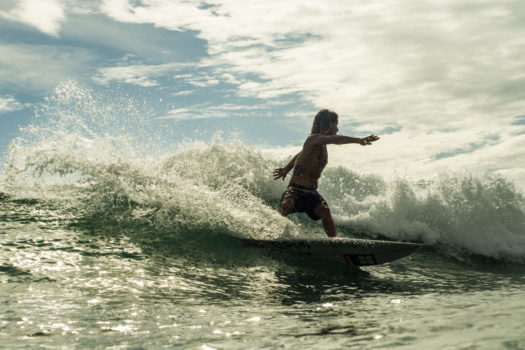
Arugam Bay Surf Breaks:
- Your main surf spot at Arugam Bay is The Point – a right-hand reef break and therefore produces the biggest waves and is most consistent. It that delivers long, 2-6ft long rides – you can get rides of 400 to 500 meters if you are lucky. It is not a high performance wave but you can get a tube on some days.
- Pottuvil Point is bit further up north from Arugam bay, so it does not attract much crowd but does please you with its long rides, sometimes up to 700m if everything connects. Although the waves would be a feet or two smaller than at The Point, rides can be up to double length.
- Smallest of the three points is the Crocodile Rock – a beautiful beach with great conditions for beginners and intermediates.
- Baby Point: Kind of an un-fitting name because it can be a real fun wave. Inside the bay, they get a seasonal sand bar which produces perfect waves for beginners a people who like to cruise. The length & quality of this point depends on the movement of the sand. Normally, the sand gets good in the start of June, but that depends on the arrival of the first bigger swells of the season as they shift the sand.
- Right in front of the Stardust Hotel, about 150 meters out in the bay, there is a rock in the water which produces the only left-hander in the area (Madam’s Slap). If the swell is big enough, it hits the rock and a pretty gnarly left hand slap jumps up. They had some pros there last year and they pulled into some stand up barrels.
- Okanda – picks up the swell; second best after the main point.
- Lighthouse.
- Komari.
- Whisky Point.
- Elephant Rock.
- Peanut Farm.
The nice thing about the area that most beaches are really deserted and it is likely to find a wave for yourself. Although the main break gets quiet crowded in July and August, you can have good fun if you go to the smaller waves mentioned above.
The points are all accessible by tuk tuk rides of 15-50 minutes and some lie close to beautiful Hindu temples and it is likely to see wild elephants on your way to a surf.
Western-owned Stardust Hotel offers quality accommodation in Beach Cabanas and Luxury rooms (designed by Danish owner Merete Scheller and completed recently by local craftsmen ) and it lies right at the beach. The packages include Colombo International Airport transfers (if needed) and breakfast, a dinner in their excellent restaurant is optional and can also be included.
Mambo Surf Camp offer a surf guesthouse-style accommodation in 10 well-sized rooms, including a few that have been recently built. Some have balconies facing the ocean so you can watch and enjoy the beautiful sunset from your room! All rooms are cleaned every day.
Offering quality waves, Sri Lanka’s south and southeast coastline is a heaven for surfers and caters predominately for adventure travellers with budget or mid-range expectations. If you are looking for an unspoiled destination without 5-star resorts that has abundance of national parks, photo opportunities, historical sites and good waves the whole year round, Sri Lanka is the place to visit.
To enquire about your next surf holiday in Sri Lanka, beat the crowds and surf the breaks that are only now starting to appear on the surfers’map (and deservingly so!), please call us on 1300 00WAVE to speak with one of our friendly consultants or click here to send us an e-mail!
